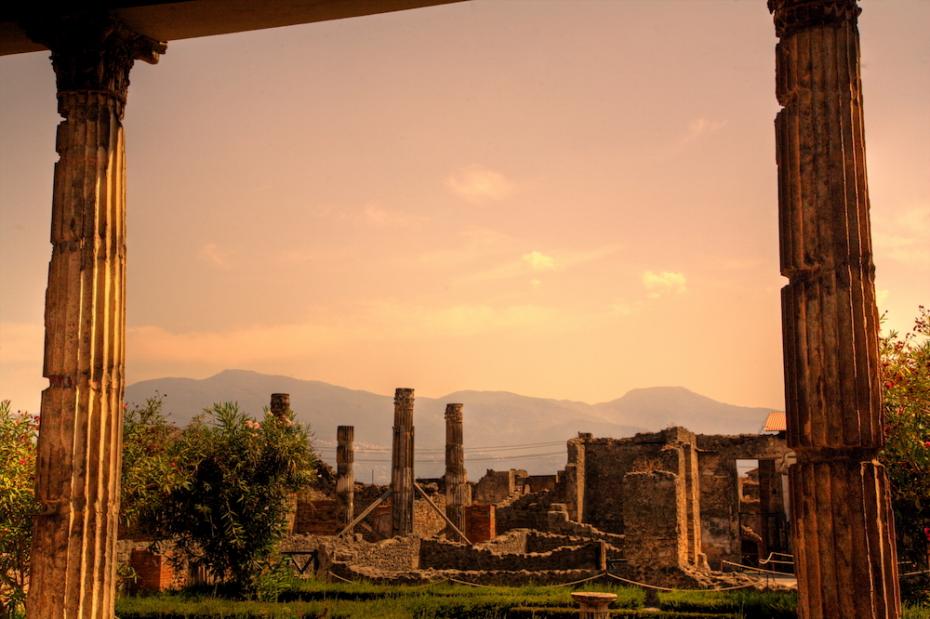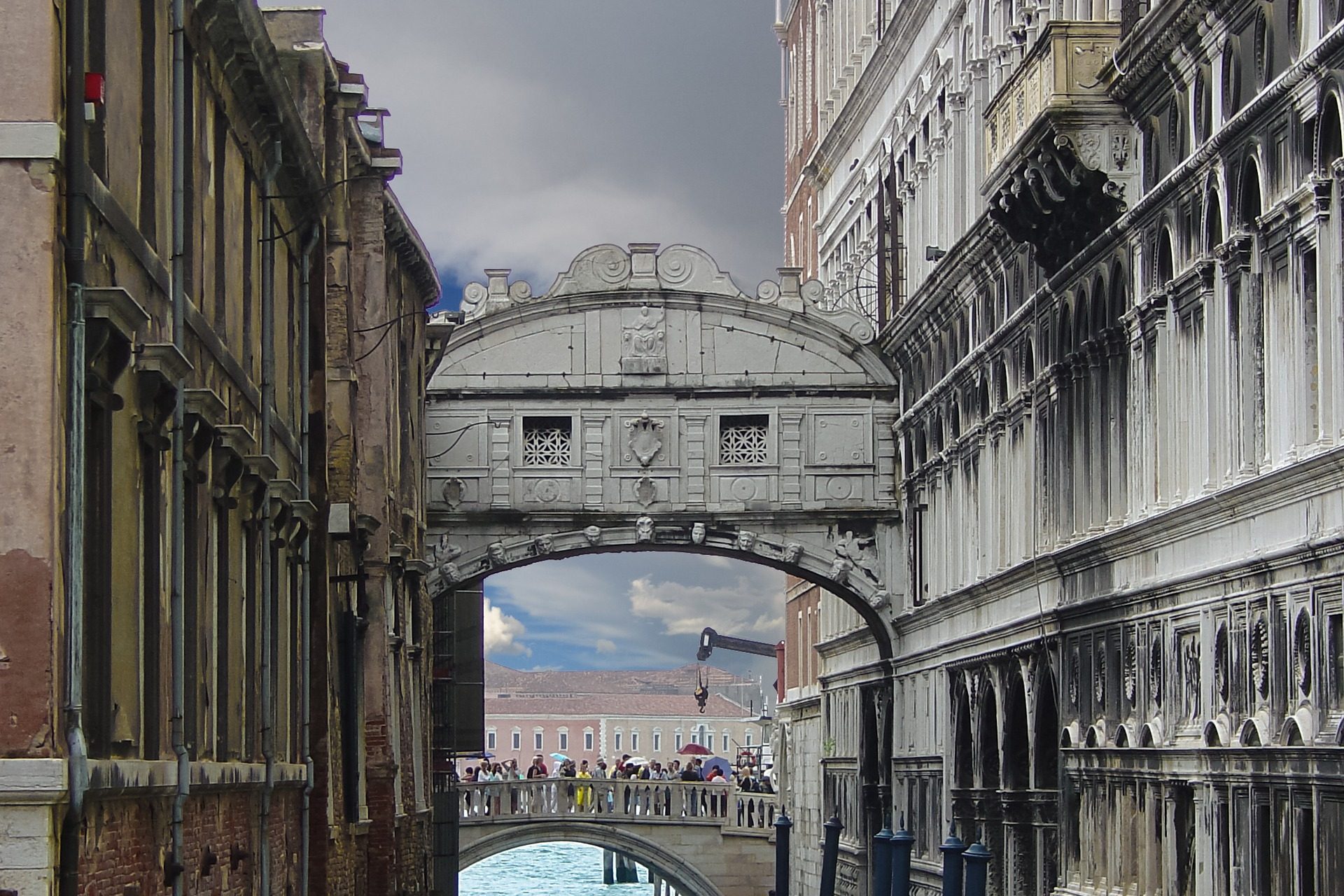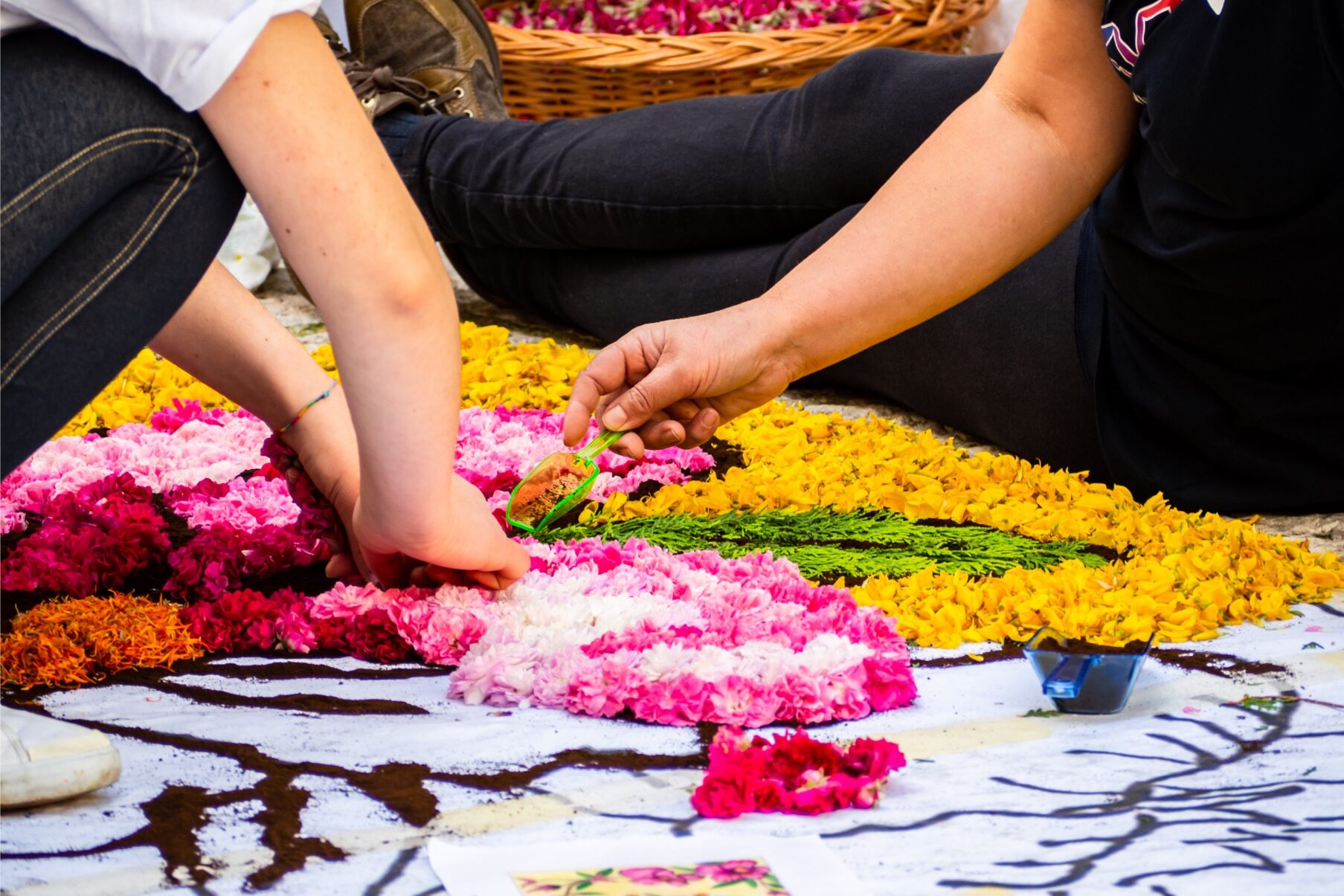On February 16th, thousands of people gathered in Ivrea, Italy to begin what is known as the traditional and historical Battle of the Oranges. There are many celebratory carnivals all around town, and people quarrelling among the sticky and citrusy food fight battles in the Piedmont town of Ivrea.
There were approximately 20,000 people watching and battling altogether, those who were taking part in the food fight were divided into nine separate combat teams. Teams battling in wooden carts were suited up with armor and helmets, while those on the streets were not so protected.
Even though each team had the mindset of throwing oranges at each other, the ancient traditional idea stems from the commemoration of medieval Ivrea’s defiance against its tyrant.
The traditional Battle of the Oranges in Ivrea, Italy, serves to be one of the most ancient traditions beginning in the 19th century. In this event celebration, people throw oranges to each other in what is considered the largest “food fight” ever in Italy.
Every place and square in the city of Ivrea is covered in the color orange; this special event is one of the most popular events to bring in travelers and spectators from all around the world to watch, and in some cases, there are reserved rooms made specifically to view the orange fights.
Spectators and participants alike needed to follow some strict rules and guidelines in order for the event to pan out fairly and so that there are no serious injuries. It is very important for the town to maintain the safety of this event, but still celebrate full throttle and keep the tradition alive.
This year, the crowds of spectators and tourists were lower in count than of past Battles of Oranges, but this is due to unfavorable weather and a rise in ticket prices. There were also reported 142 people who were slightly injured from the event, almost all from the first day of the battle.
Despite the wounded and the slight drop in number of tickets bought, the ancient tradition was undoubtedly honored and left the town and townspeople proudly covered in orange.




























